UralVagonZavod is the largest of Russia's tank factories. Currently, the factory is focused on producing T-90M Proriv tanks, with a capacity of about 20 tanks per month, equivalent to about 240 tanks per year.
This figure is extremely modest compared to the Kremlin's intention of 1,600 tanks per year, equivalent to 150 tanks per month, and the current number of tanks produced is also insufficient compared to the requirements of the Russian army on the battlefield in Ukraine.
According to Ukrainian statistics, Russia loses about 150 tanks per month of all makes and models. Russia rarely publicizes its losses, but even if the actual figure is low, it is likely to exceed the country’s production capacity. And there is no way the UralVagonZavod plant can produce up to 50 tanks per month, let alone 150 tanks.
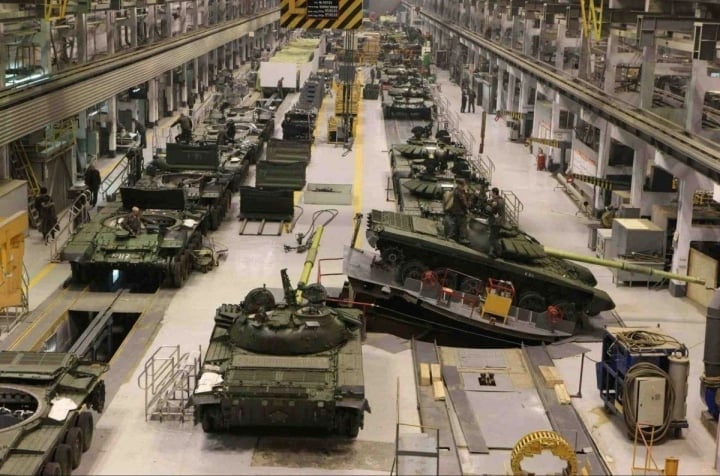
Inside the UralVagonZavod tank factory
Difficulties of the UralVagonZavod plant
According to Bulgarian Military, Russia has issued an order to increase military production capacity to maximum. Working hours are no longer 8 hours a day but 12, sometimes 14 hours. Overtime for workers is voluntary, anyone who is capable can sign up for overtime.
However, in the city of Nizhny Tagil, where the UralVagonZavod plant is located, there is not enough labor force. The population of the city is just over 300,000 people. So Russia is forced to mobilize people from other regions.
But this also comes with costs such as accommodation, gas, electricity, water, food and transport. While salaries at UralVagonZavod are not high, especially after the conflict broke out.
The lack of personnel and the need to mobilize resources from other areas leads to uneven levels of expertise. This will affect the quality of tank production at the plant. In the coming months, the number of Russian tank losses will increase, not only T-72 or T-80 but also T-90M Proriv will have the same fate.
According to experts, in addition to the above difficulties, Russian tank factories will have to face another problem: sanctions from the West. Now, things are not the same as a year ago. At that time, the US and Europe were imposing ineffective sanctions.
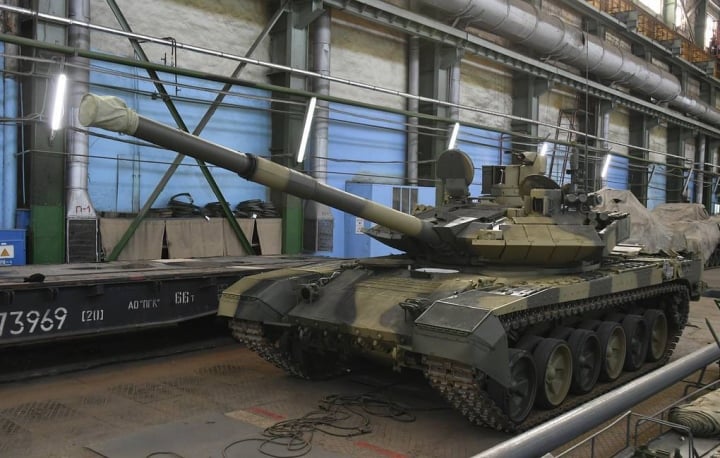
T-90 tank in the factory.
However, the sanctions are now having a serious impact on the Russian military industry. The price of iron has increased, and electronic components and equipment cannot be imported. How does this affect the Russian military?
The Russian-made electronics and electro-optical converters are of poor quality, which greatly affects the gunner's command capabilities and shooting accuracy. The lack of access to spare parts also weakens the T-90M's armor.
Pressure from the battlefield
In addition to ensuring new production capacity, Russia must also pay attention to repairing damaged tanks. Russia is currently building two new factories specifically for repairing such equipment.
If the number of tanks destroyed on the battlefield does not decrease, it is likely that the UralVagonZavod plant will also have to participate in repairing damaged tanks, which will affect the monthly production of T-90 tanks.
Some experts believe that Russia's mobilization of T-54/T-55 tanks and T-62 tanks is aimed at reducing losses to main battle tanks at the front. This will give the UralVagonZavod factory more time to focus on producing T-90s.
UralVagonZavod has also built new production facilities. Their goal is to increase tank production. But this is still not enough to meet the demand of 150 tanks per month.
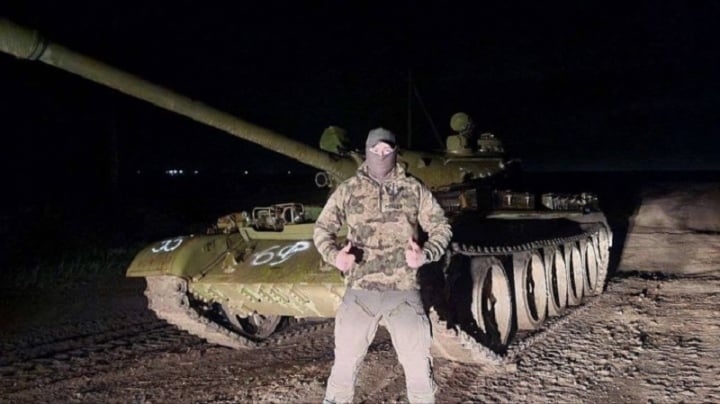
Russian T-54/55 present on the battlefield of Ukraine.
Another interesting fact is that UralVagonZavod not only produces tanks, but they are also involved in the construction of civilian trains, high-speed trains, and subway cars. In the civilian sector, UralVagonZavod is having a hard time as it is involved in lawsuits for breach of contract.
Analysts from the Bulgarian Military magazine have been monitoring tank deliveries from the UralVagonZavod plant since 2022 and have noticed that there was a period in late 2022 when, for almost three months, the Kremlin announced the delivery of new T-90M tanks every week. However, according to Western experts, the number of tanks delivered was very limited and this could be Russia's way of misleading Ukrainian and Western intelligence.
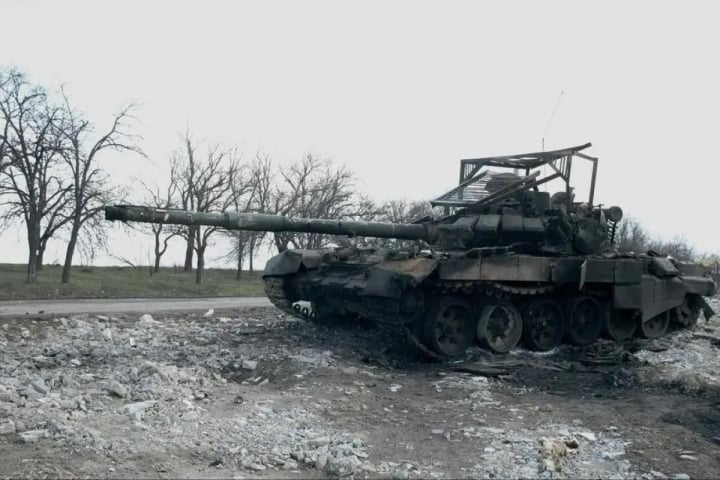
Russian tanks burned on the battlefield in Ukraine.
Russia overloaded tank production?
Although there are many sources that give figures for the damage in the conflict, there is no exact information on how many tanks Russia lost. Therefore, some agencies are cautious in their statements. For example, the US Center for Strategic and International Studies (CSIS) estimates that the number of destroyed Russian tanks is between 1,845 and 3,511, most of which were T-72 tanks.
If we take the average figure in this range of 2,670 tanks, it means that Russia loses an average of 220 tanks per month. Producing this number of tanks was possible but under Soviet conditions, when all production facilities were operating at full capacity.
However, at present, Russia only maintains half of its tank production and repair facilities. According to Western experts, the UralVagonZavod plant is in a difficult situation and cannot meet the needs of the Russian army. Even if a large-scale production plant like UralVagonZavod could be quickly established, it would be difficult to meet Russia's tank requirements.
Analysis by Western experts shows many difficulties in the Russian military industry in general and tank production in particular. However, this information is for reference only and cannot fully reflect the current state of Russian tank production.
Le Hung (Source: Bulgarian Military)
Useful
Emotion
Creative
Unique
Wrath
Source


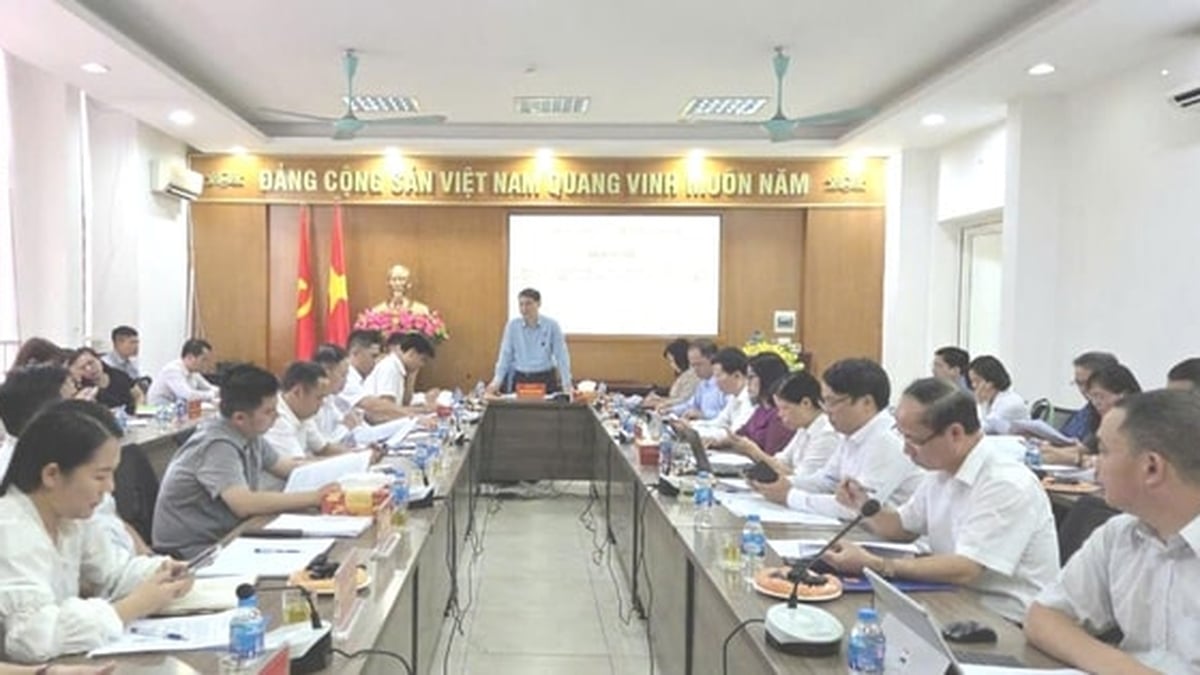


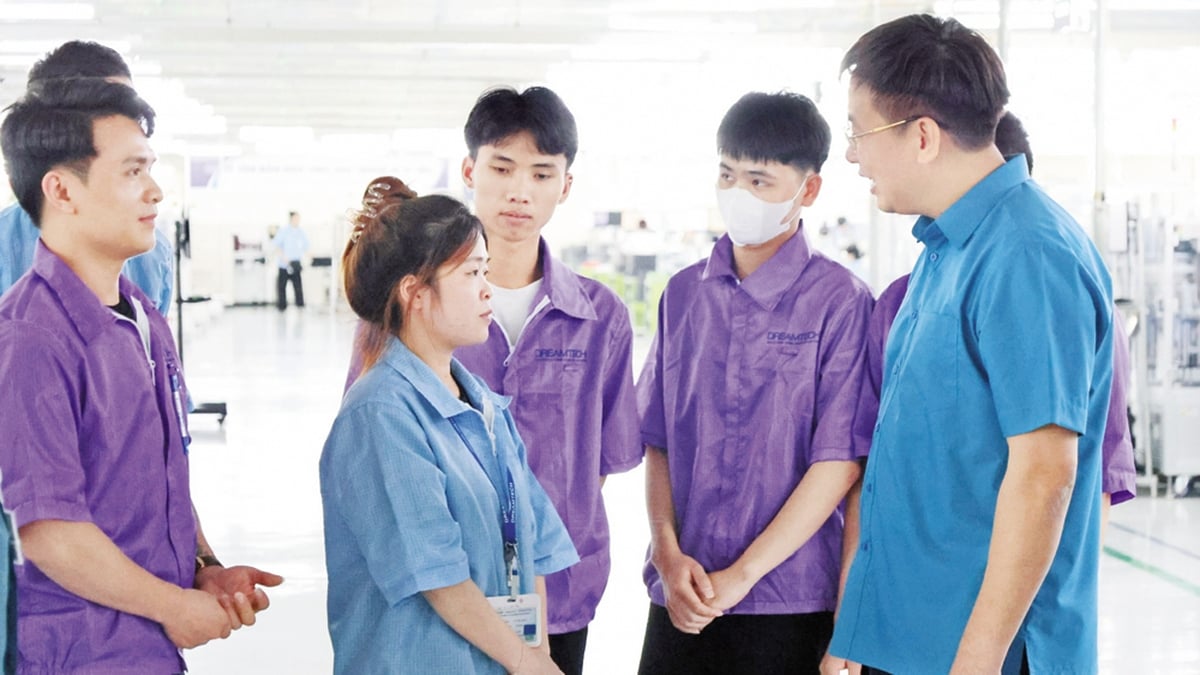
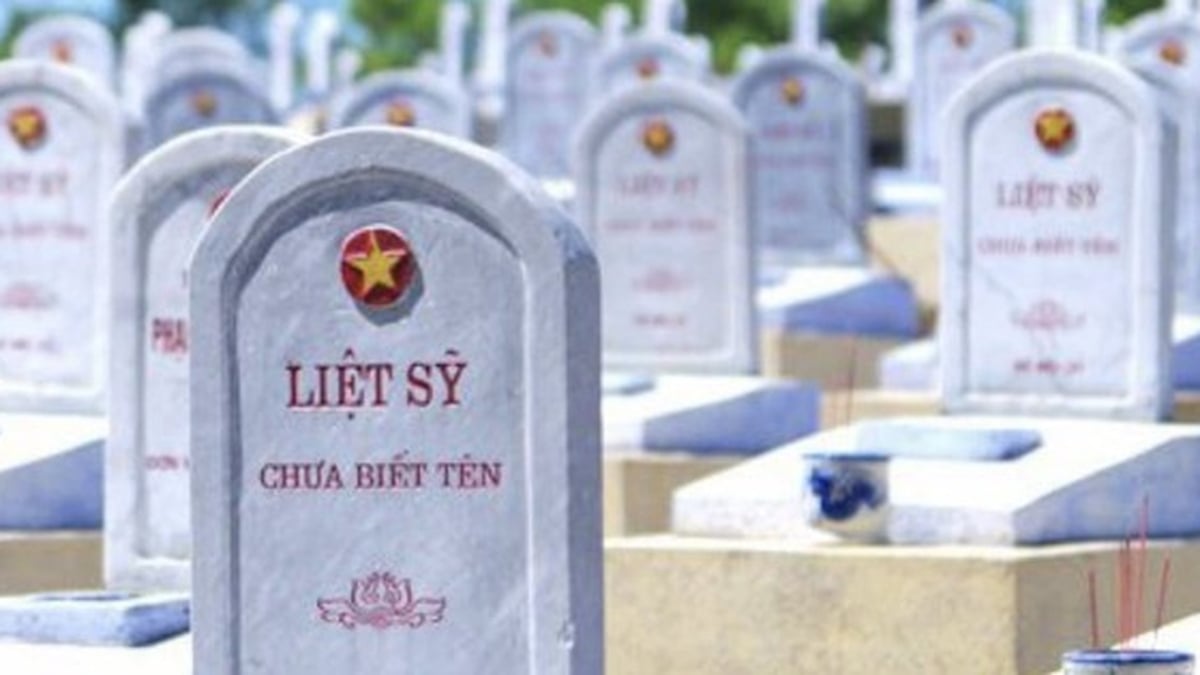



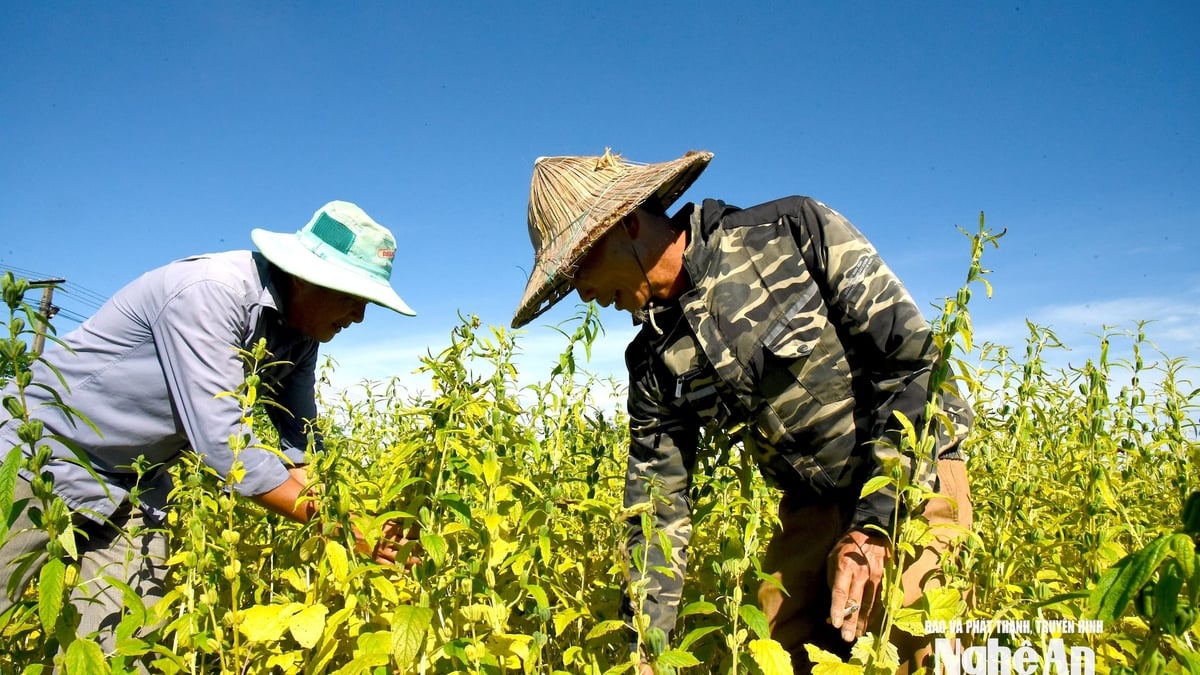











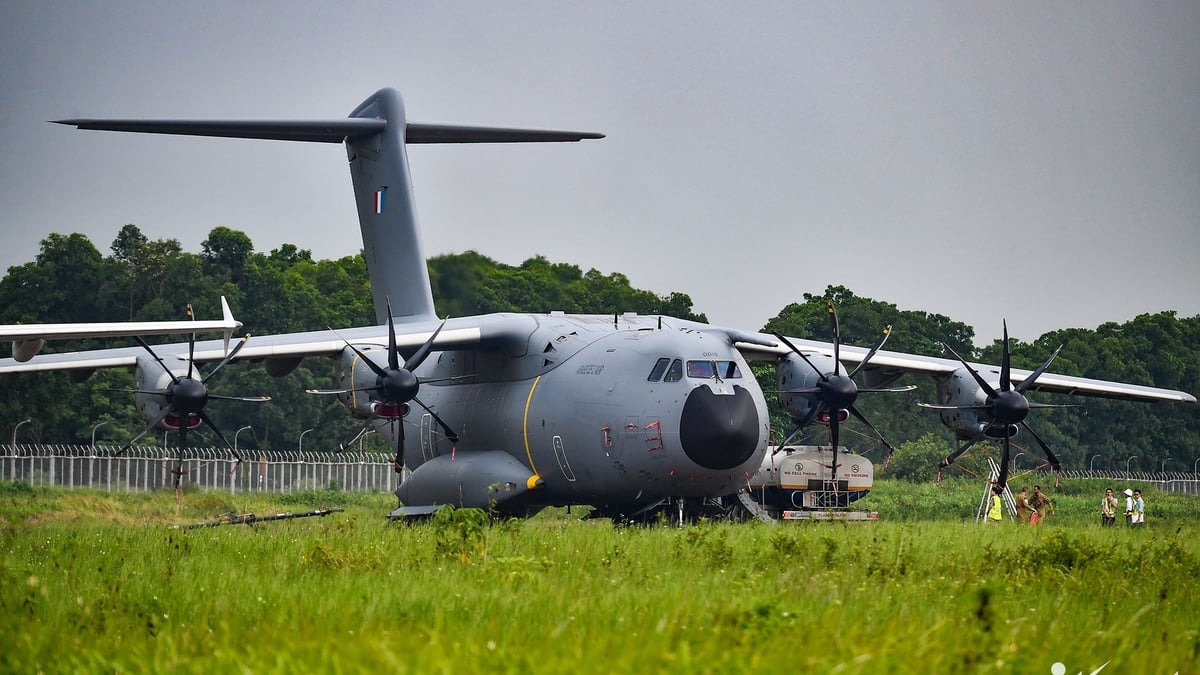






![[Photo] National Assembly Chairman attends the seminar "Building and operating an international financial center and recommendations for Vietnam"](https://vphoto.vietnam.vn/thumb/1200x675/vietnam/resource/IMAGE/2025/7/28/76393436936e457db31ec84433289f72)














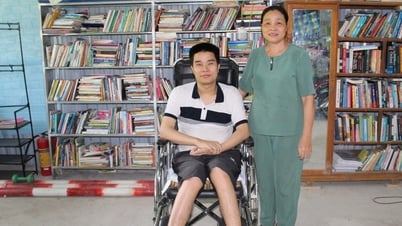

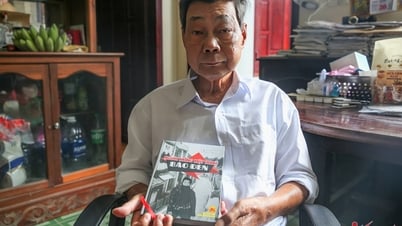



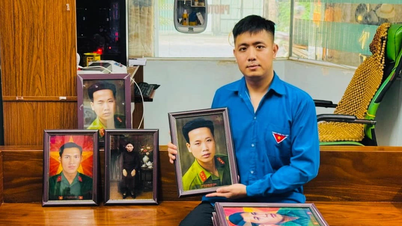


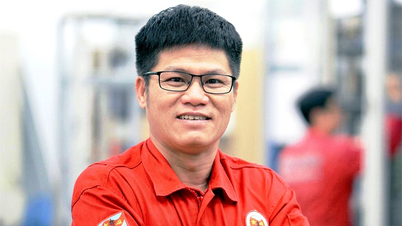









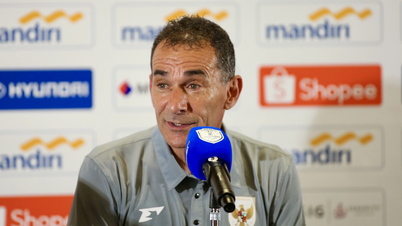
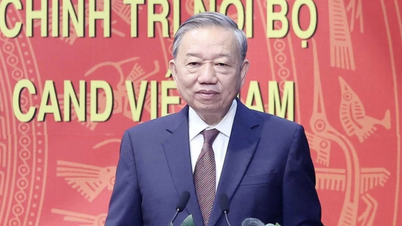
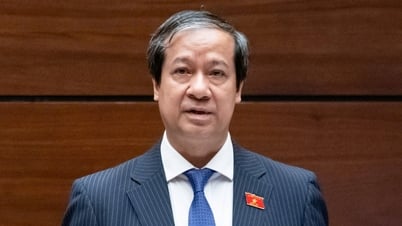
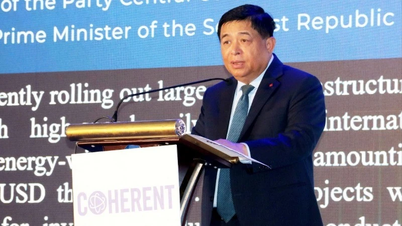

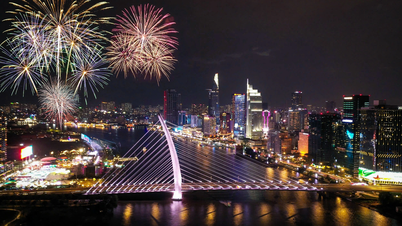
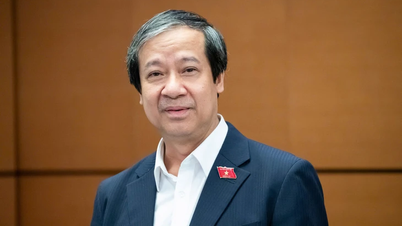
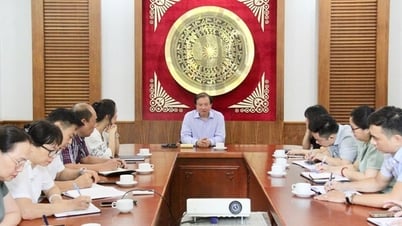


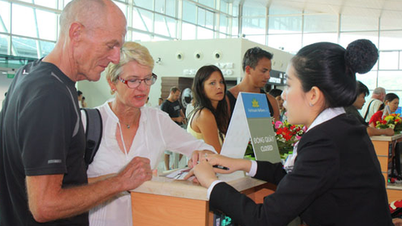


























Comment (0)